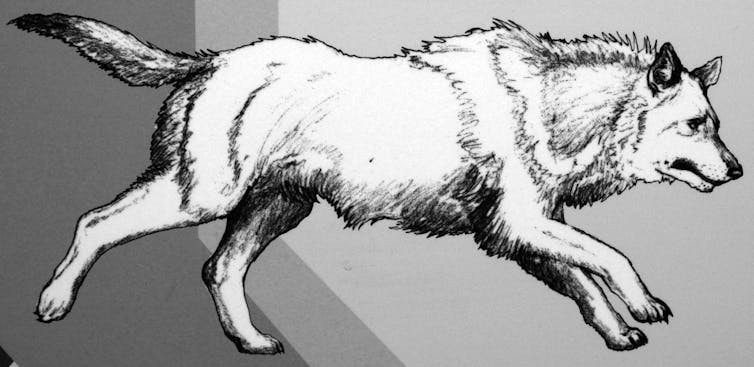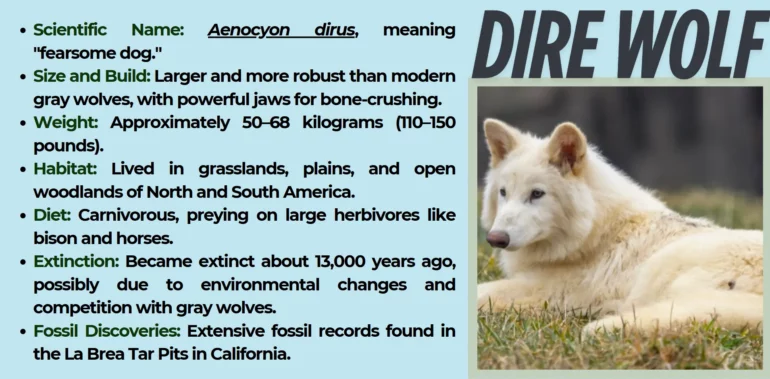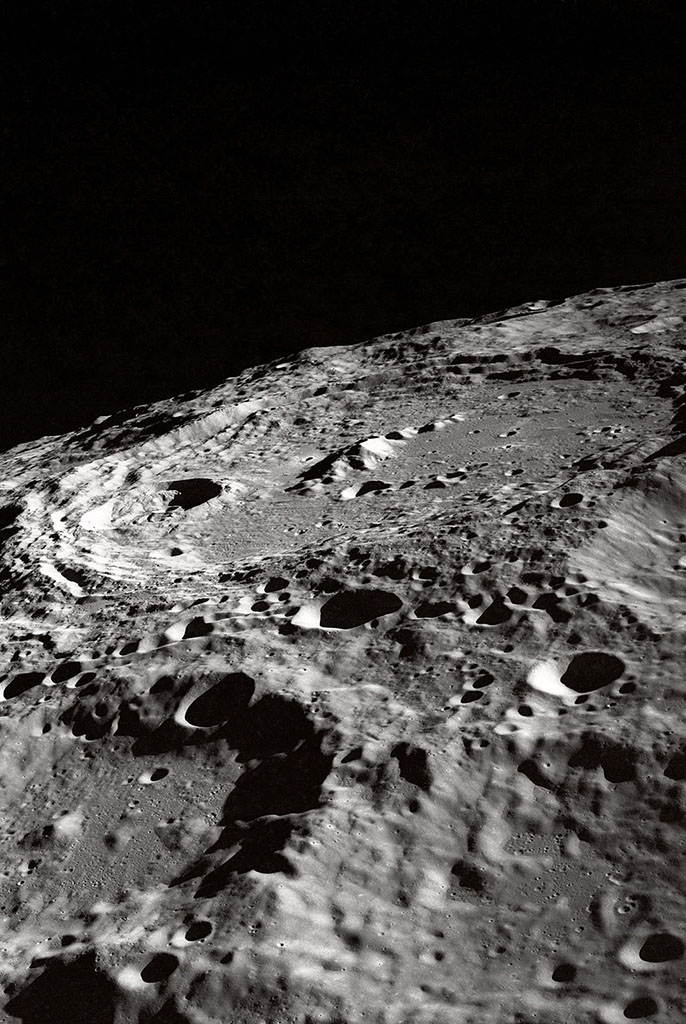Biotech company Colossal Biosciences made headlines in April 2025 after claiming it had “successfully restored … the dire wolf to its rightful place in the ecosystem.” Three wolf pups – Romulus, Remus and Khaleesi – were born through this de-extinction project.
But behind the scenes lies a more complicated reality.
What Colossal actually did was edit a small number of gray wolf genes, aiming to create physical traits that resemble those of the extinct dire wolf. The edited embryos were implanted into surrogate domestic dogs.
Many scientists and reporters expressed skepticism about the claim that this amounts to restoring the dire wolf. Experts pointed out that tweaking a handful of genes does not replicate the full biological reality of a long-extinct species. Most of the dire wolf’s genetic makeup remains unknown and unreplicated.

Is resembling a dire wolf enough for something to be a dire wolf?
James St. John/Wikimedia Commons, CC BY-SA
This gap between appearance and biological identity raises a deeper question: What exactly is a species, and how do you decide whether something belongs to one species rather than another?
Biologists call the answer a species concept – a theory about what a species is and how researchers sort organisms into different groups. As a philosopher of science who studies what defines a species, I can say this: Whether de-extinction projects succeed depends on which species concept you think is right – and the truth is, even scientists don’t agree.
How scientists define a species
When scientists talk about biodiversity – the variety of life-forms found in nature – species are the basic building blocks. A species is supposed to reflect a real division between distinct groups of organisms in the natural world, not just a convenient label.
In classifying living things into species, scientists are trying to “carve nature at its joints” to reflect real patterns shaped by evolution. Even so, deciding what counts as a species turns out to be surprisingly difficult and highly controversial. Scientists have proposed dozens of distinct species concepts – some scholars have counted over 32 ways to define a species – and each draws the lines a little differently. These definitions don’t always agree on whether an organism is part of one species rather than another.
Two of the most influential species concepts highlight the challenge. The biological species concept defines a species as a group of organisms that can naturally breed with each other and produce fertile offspring. Under this view, African forest elephants and African savanna elephants were once classified as the same species because they could mate and have young together, even though they lived in different habitats and looked different.
Another approach, the phylogenetic species concept, emphasizes ancestry instead of breeding. A species, in this view, is a group that shares…



